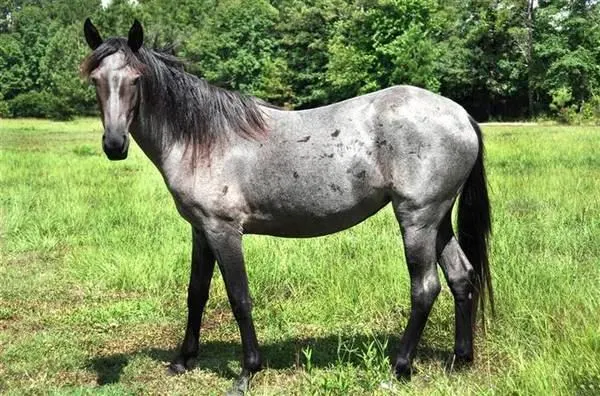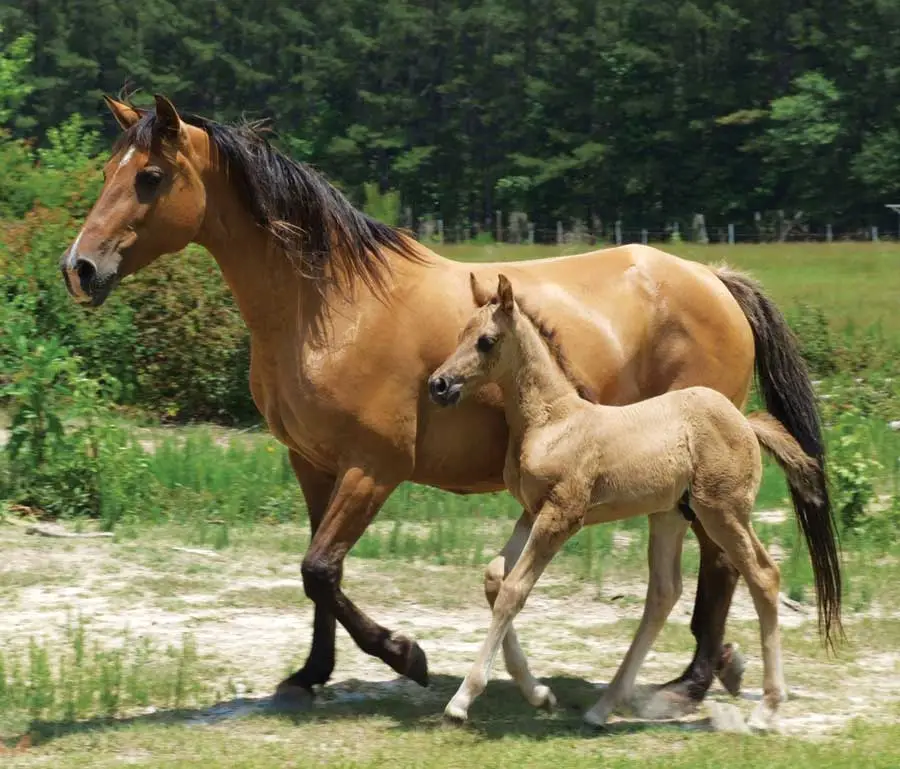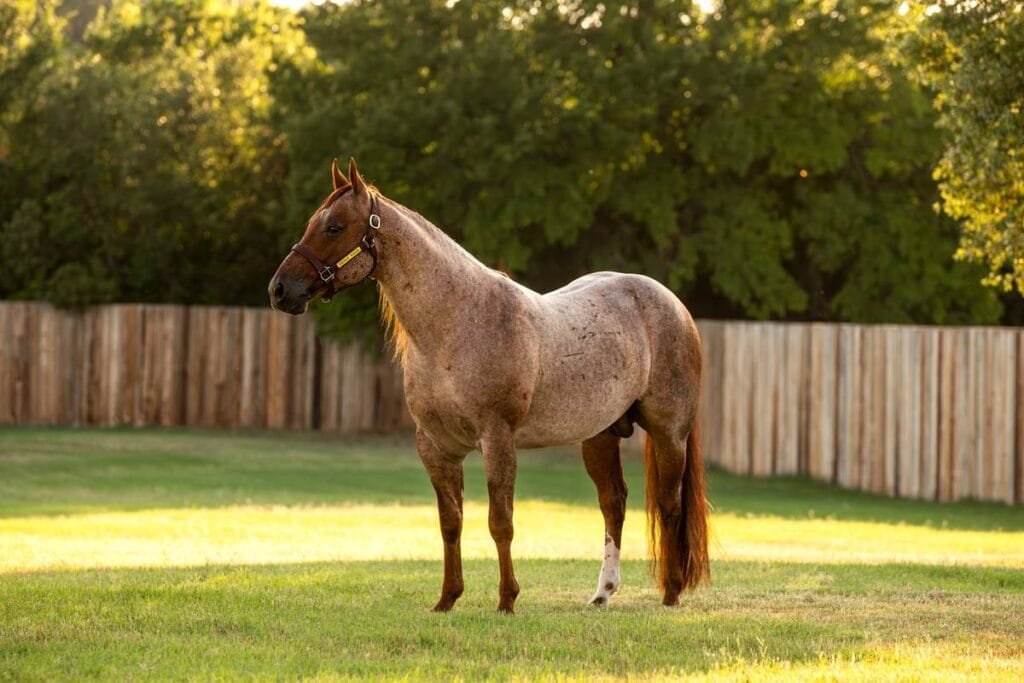The Marsh Tacky Horse: A Unique Southern Treasure
Known for its endurance and adaptability, this horse is not just a beautiful animal but also a vital part of local culture and history. In this blog, we’ll explore the fascinating characteristics, history, and importance of the Marsh Tacky horse.
A Brief History
The origins of the Marsh Tacky can be traced back to the Spanish horses brought to the Americas in the 16th century. These horses were bred with local breeds, creating a resilient animal well-suited for the marshy terrain of the South Carolina lowcountry. Over the years, the Marsh Tacky became essential for plantation life, serving as workhorses for farming, transportation, and even cattle herding.
During the Civil War, the breed faced near extinction as many horses were lost. However, a few dedicated breeders kept the bloodlines alive, preserving the Marsh Tacky for future generations. In 2010, the Marsh Tacky was designated as the state heritage horse of South Carolina, acknowledging its significance to the region’s history and culture.
Feature Details
| Feature | Details |
|---|---|
| Origin | Descended from Spanish horses brought to the Americas in the 16th century, bred with local horses. |
| Height | Typically stands between 13.2 and 15 hands high. |
| Colors | Common colors include bay, chestnut, gray, and variations of these. |
| Temperament | Gentle, friendly, intelligent, and adaptable; suitable for riders of all experience levels. |
| Conformation | Cob-like build, providing strength and stability for rough terrains. |
| Endurance | Known for exceptional endurance and agility in marshy and uneven ground. |
| Cultural Significance | Designated as the state heritage horse of South Carolina; celebrated at local festivals and events. |
| Care Requirements | Regular feeding, grooming, veterinary care, and access to clean water. |
| Diet | Balanced diet of high-quality hay, fresh grass, and specialized feed. |
| Grooming Needs | Regular brushing to maintain coat health; hoof trimming is essential. |
| Role in Conservation | Promotes awareness of coastal ecosystems and sustainable horse management practices. |
Temperament
In addition to their physical traits, Marsh Tacky horses are renowned for their gentle and friendly disposition. They are intelligent and willing learners, making them suitable for riders of all experience levels. Their calm demeanor is particularly advantageous for young riders and those new to horseback riding.
Endurance and Agility
Marsh Tackies are exceptionally hardy and adaptable. They excel in endurance riding and are known for their ability to navigate marshy, uneven ground. Their agility makes them excellent companions for trail riding and outdoor adventures. Whether you’re exploring the coastal marshes or participating in local rodeos, a Marsh Tacky can handle it all.
Importance to Local Culture
The Marsh Tacky horse has become a symbol of Southern heritage. Festivals and events celebrate the breed, showcasing its unique qualities and the skills of local riders. The annual “Marsh Tacky Roundup” in South Carolina is a popular event where horse enthusiasts gather to share their love for this remarkable breed.
Moreover, the Marsh Tacky plays a crucial role in promoting conservation efforts in the coastal regions. By raising awareness of this breed, advocates help protect the fragile ecosystems where these horses thrive. Sustainable practices in horse breeding and management can also lead to healthier environments for both horses and wildlife.
Caring for a Marsh Tacky
Owning a Marsh Tacky horse comes with responsibilities. Like any horse, they require regular care, including feeding, grooming, and veterinary attention. Because they are hardy animals, they adapt well to various living conditions, whether in a pasture or a stable.
Diet
A balanced diet is essential for maintaining a healthy Marsh Tacky. High-quality hay, fresh grass, and specialized feed will ensure they get the nutrients they need. It’s also important to provide clean water at all times.
Grooming
Regular grooming helps keep their coats shiny and healthy. This breed typically has a manageable coat that doesn’t require extensive grooming, but regular brushing helps remove dirt and loose hair. Pay attention to their hooves, as regular trimming is necessary to keep them in good shape.
More Popular Search





